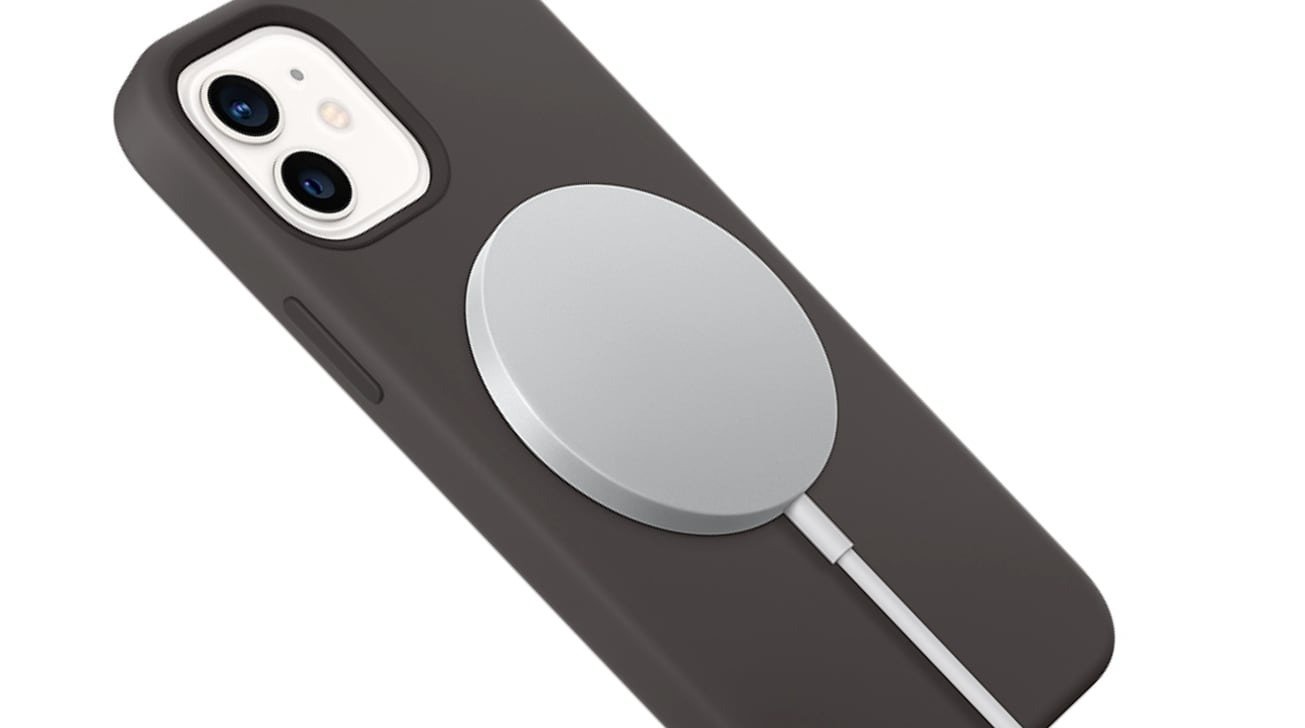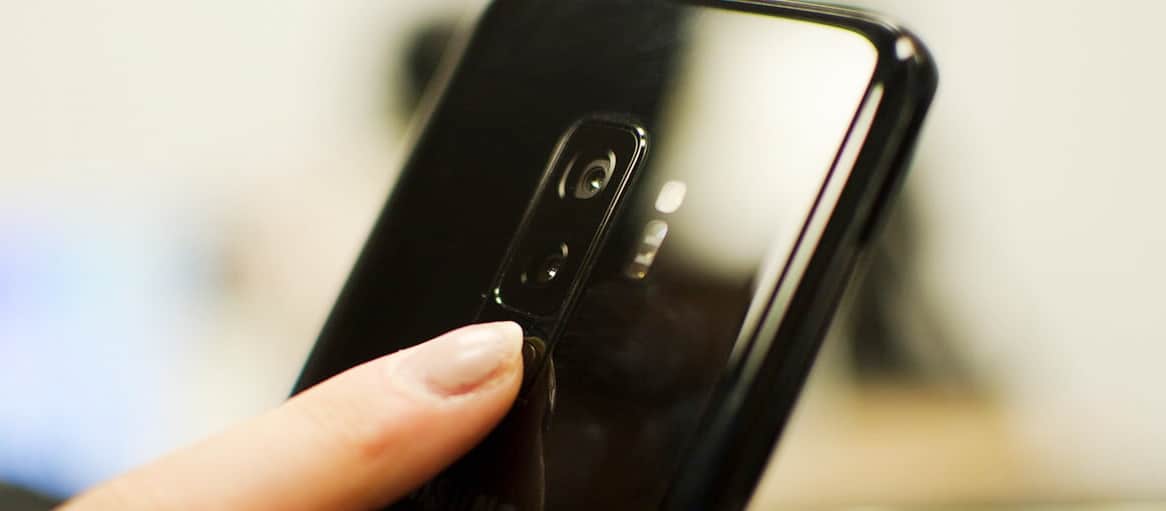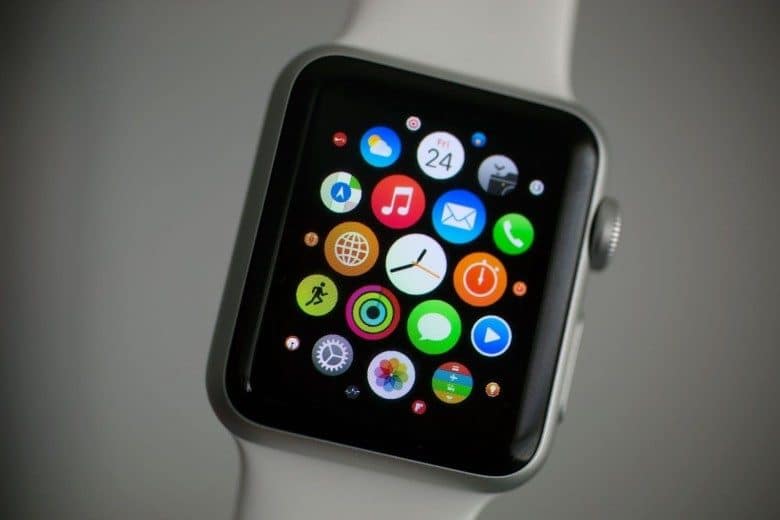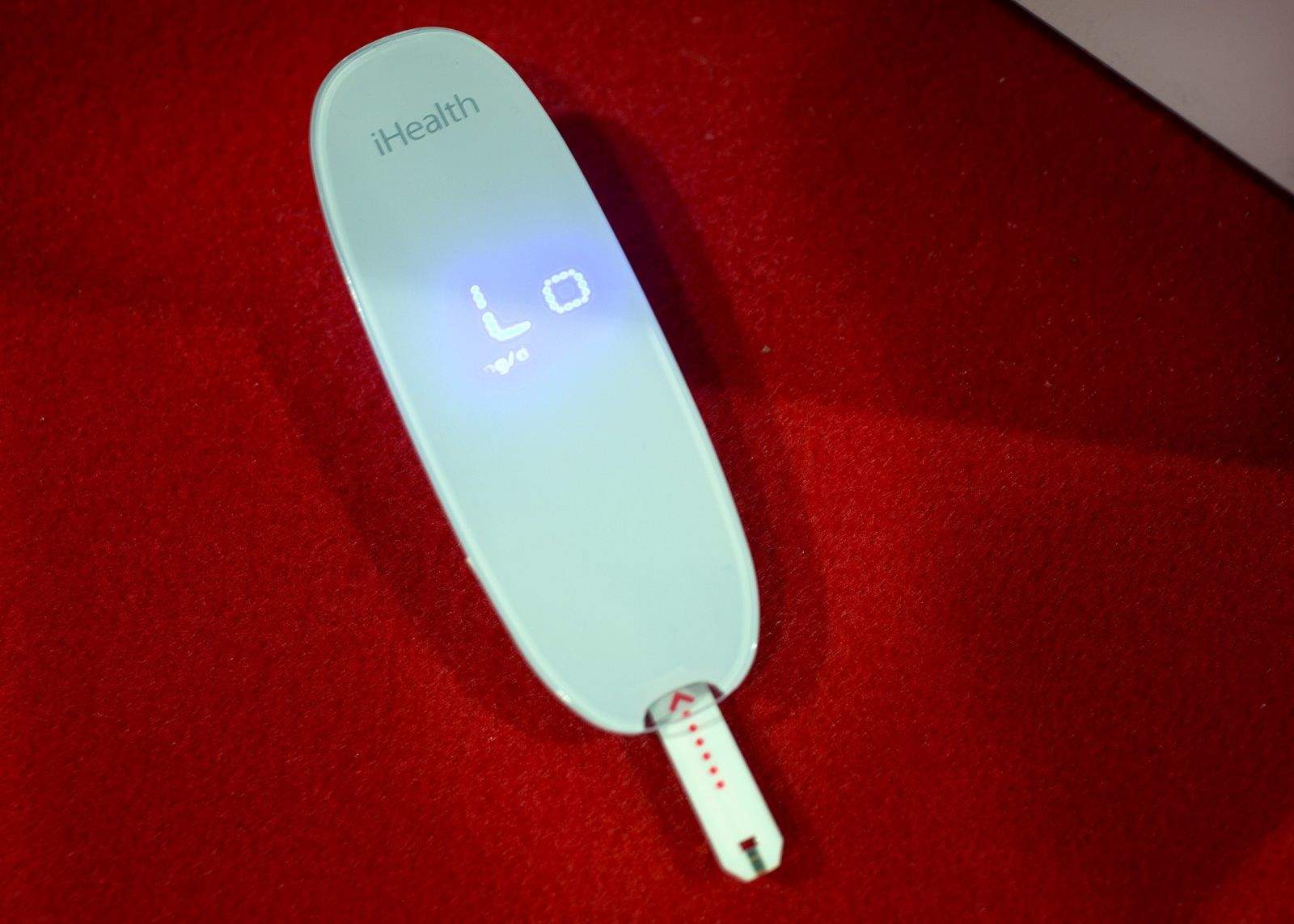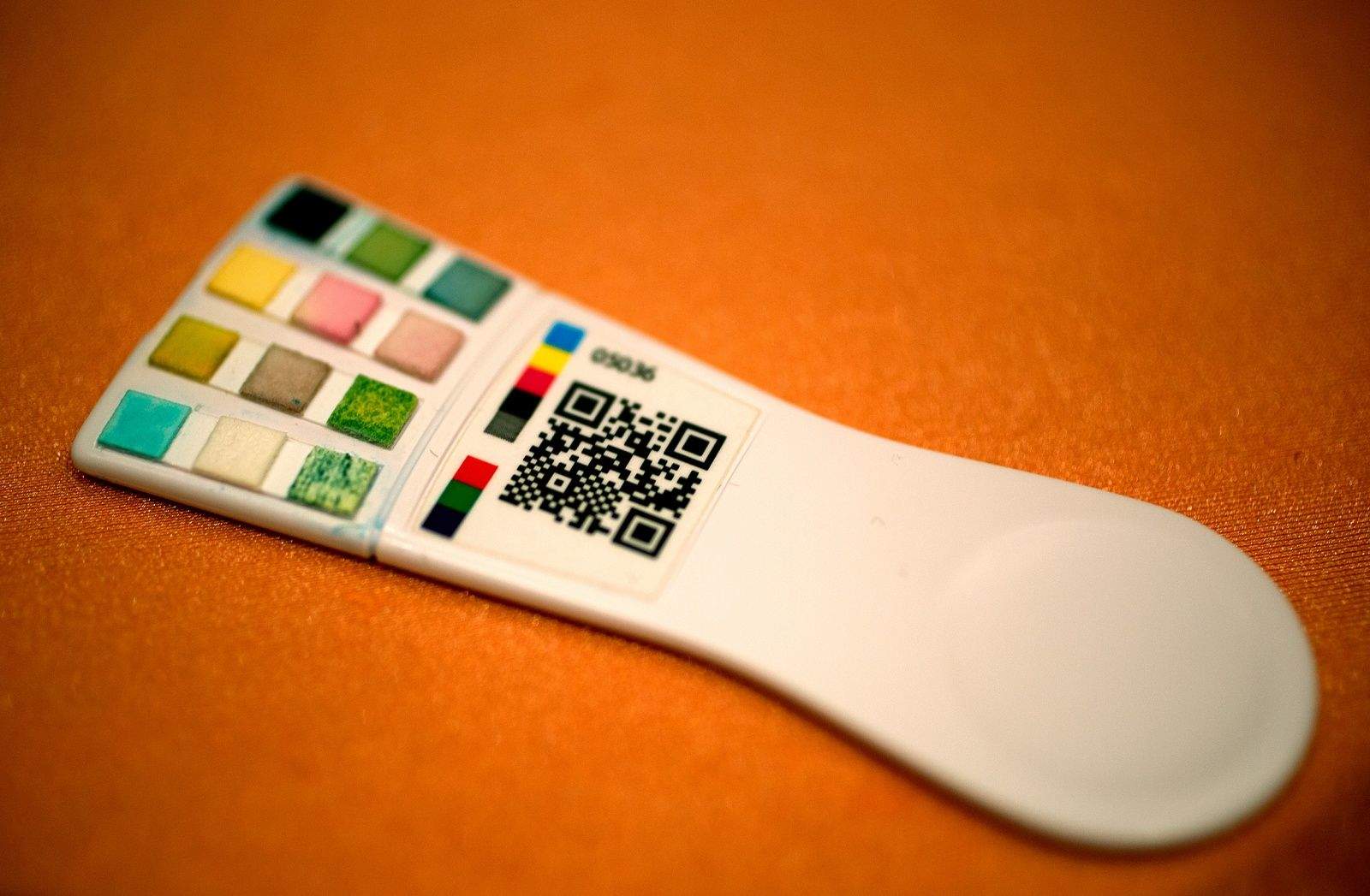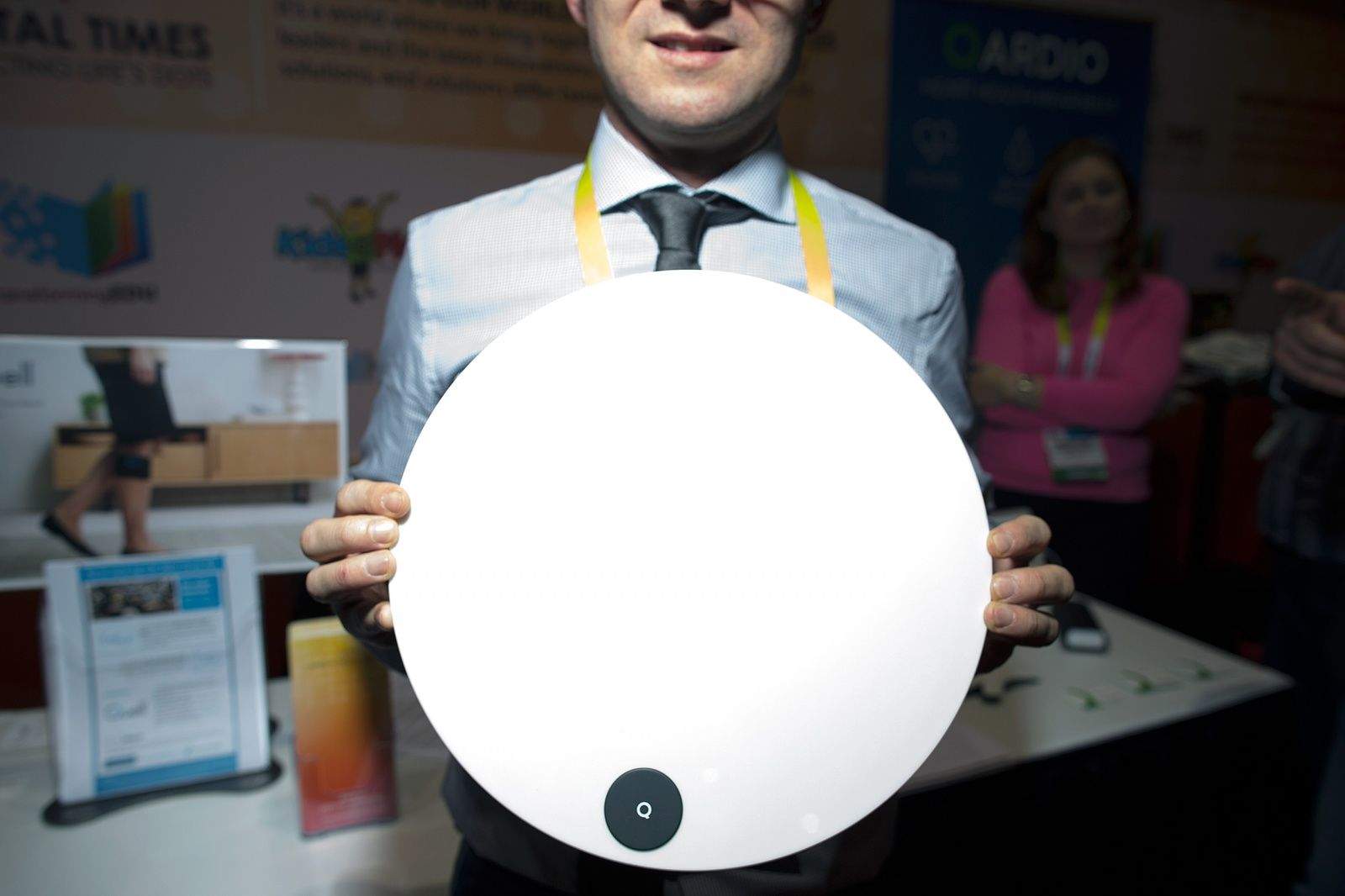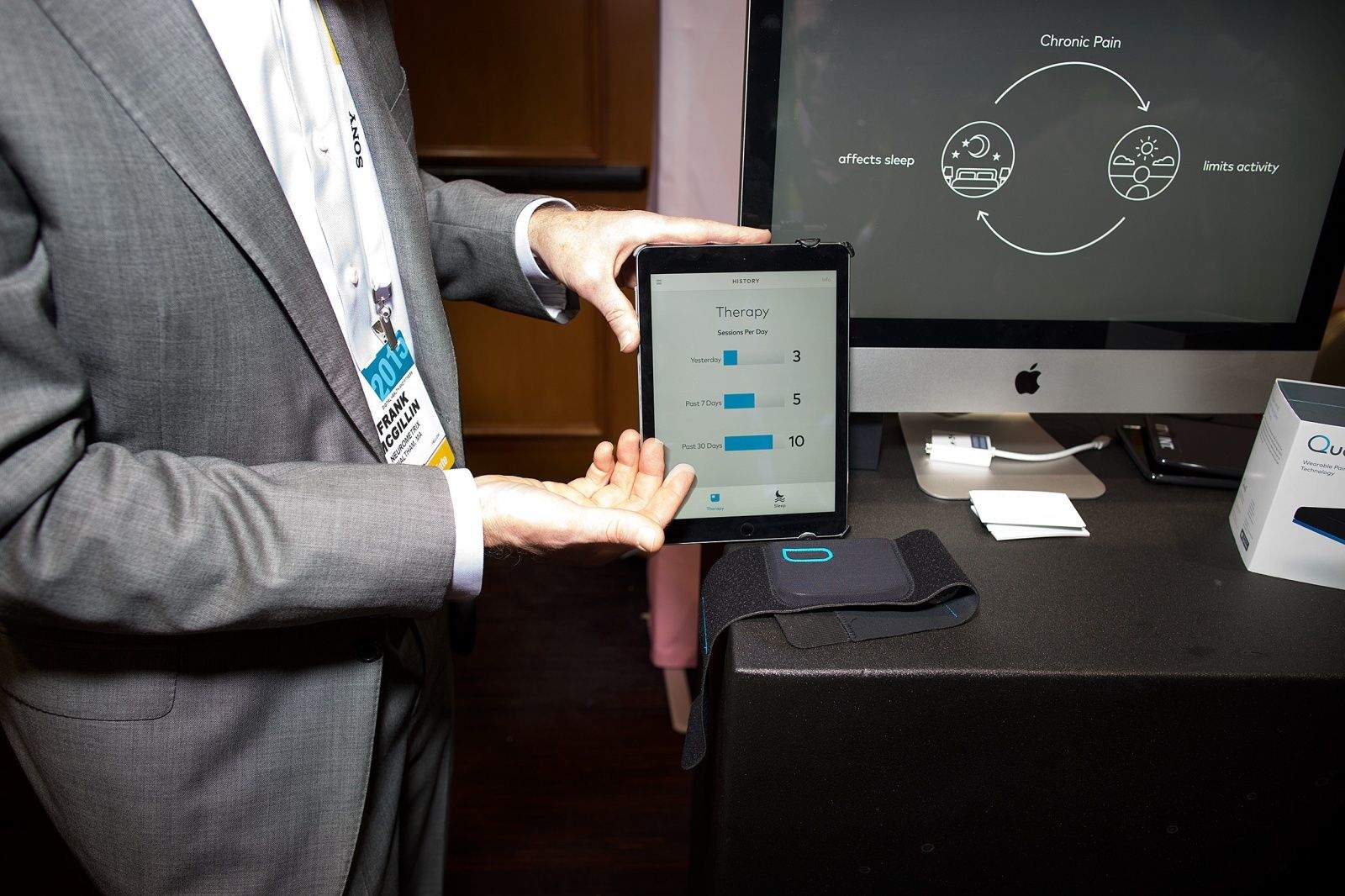In a groundbreaking development, a brain-computer interface (BCI) company successfully demonstrated the first-ever use of Apple’s Vision Pro AR/VR headset — and later an iPad — controlled directly by thought, according to Synchron. The innovation opens up exciting possibilities, perhaps even beyond helping individuals with severe mobility limitations engage with cutting-edge technology. Innovations like thought control of Vision Pro and iPad could lead to big things for both hands-free and voice-free use of devices.
August 4 update: In a new video, Synchron released proof of the first-ever public demonstration of an individual using an iPad controlled entirely by thought, leveraging Apple’s built-in accessibility features and new Brain-Computer Interface Human Interface Device (BCI HID) protocol, the company said. Watch the video below.
May 13 update: Synchron said it would be the first brain-computer interface (BCI) company to achieve native integration with a new BCI Human Interface Device (BCI HID) profile Apple just rolled out among various accessibility upgrades.
![Brain implant lets patients control Apple devices via thoughts [Update – see it in action!] thought control of Apple devices](https://www.cultofmac.com/wp-content/uploads/2024/07/Thought-controlled-Vision-Pro-through-Synchron-BCI-implant.jpg)


